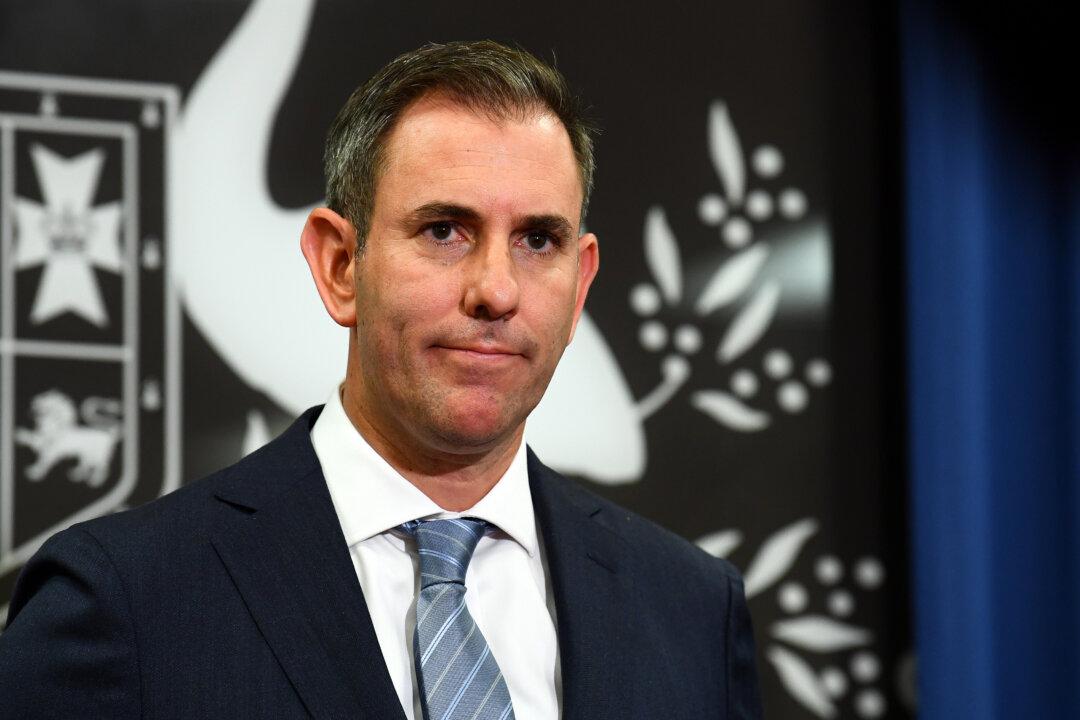News Analysis
With the stark realities of global economic turbulence rapidly seeping into Australian livelihoods, Labor is approaching a crossroads.

With the stark realities of global economic turbulence rapidly seeping into Australian livelihoods, Labor is approaching a crossroads.